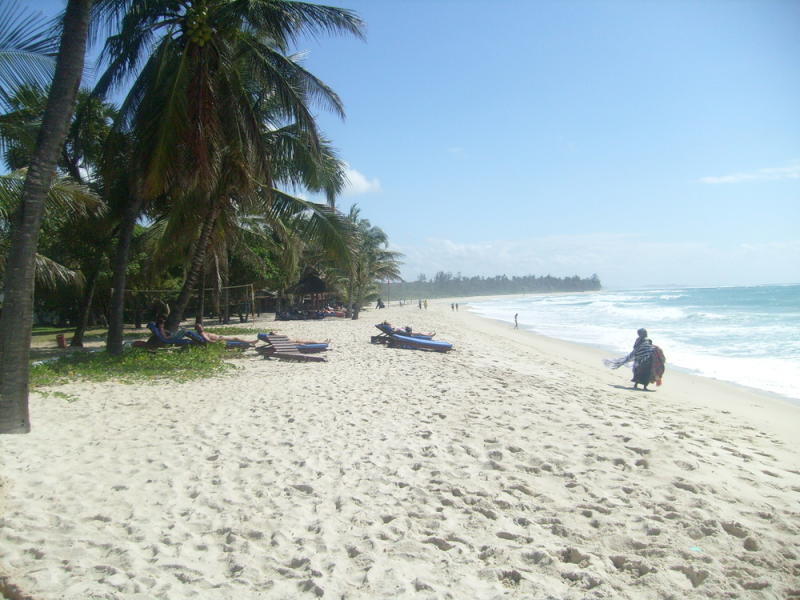
At least 12,000 underage girls in the country are involved in commercial sex work, data from various state and non-state agencies shows. More than half of these ply their trade in Kenya’s impeccable sandy beaches of Diani in South Coast.
A combination of factors, including an unwillingness to acknowledge the problem as well as cultural practices, have made the vice thrive.
A UNICEF study, The Extent and Effect of Sex Tourism and Sexual Exploitation of Children on the Kenyan Coast, shows that up to 30 per cent of all the 12 to 18-year-olds living in the coastal areas of Malindi, Mombasa, Kilifi and Diani are involved in casual sex work.
As such, it is estimated that 10,000 to 15,000 girls living in these areas are being sexually exploited in tourism at irregular intervals or seasonally.
Hotels and villas
READ MORE
Task forces aren't created to find truth; they are designed to delay justice
Sunset deadline: Why Luhya elders must be buried before dusk
Easter call: What would Jesus do to uproot corruption in Kenya
A further 2,000 to 3,000 girls and boys are sexually exploited year-round by sex tourists, in these same areas. Other estimates suggest that as many as 30,000 girls between the ages of 12 and 14 are lured into hotels and private villas to be sexually exploited.
“Other actors include individuals well known to and trusted by children, including police officers, teachers, lecturers, clergy, doctors, watchmen and relatives,” says Magdalene Wanza, Country Manager for Terres des Hommes Netherlands, a non-governmental organisation working to end child exploitation.
A 2015 study by her organisation found that according to parents and caregivers, factors that drive children into prostitution are poverty, peer pressure and lack of parental guidance or negligence. This same study also found that 40.8 per cent of the surveyed children in Kwale were involved in sexual exploitation.
“Similarly, victims report that they mainly engage in the trade to supplement family income, while they are also driven by the will to be self-reliant and claim to be forced by conditions at home,” she says.
The UNICEF study indicated that Kenyan tourists form 39 per cent of the client base of exploited children. The nationalities of the foreign sex tourists are quite varied, ranging from regional and Western tourists to tourists from the Far East, with the top three nationalities listed in the study as being Italian (18 per cent), German (14 per cent) and Swiss (12 per cent).
Tourists from Uganda and Tanzania have also been found to be involved in child sex tourism in Kenya.
According to the Institute for Security Studies, most such tourists are between 45 and 65 years old, either divorced or seeking to rekindle their sexual lives by having sex with teenagers, who are perceived to be free from HIV and other diseases.
Culture has been a major hindrance in fighting the vice.
“Child marriage still occurs, mainly among local ethnic groups such as the Digos, Giriamas and Durumas found along the Kenyan coastline,” Pwani University lecturer and Dean of the School of Sociology Halimu Shauri says. “These girls are married when they are babies and since separation rates are also high, they are divorced when they are still babies. They then end up on the streets.”
Young mothers
Another leading cause of child prostitution is the lack of education amongst girls.
“Female education is not encouraged and most girls get married at a very tender age. With little or no education, it is very difficult for them to get their lives back on track, often, ending up in prostitution,” Joyce Wanjiku, chairperson for the National Council for Children’s Services says.
Out of The Shadows, another study by the Economist Intelligence Unit, conducted across 60 nations to establish how countries respond to sexual violence against children found that there was relatively low engagement by the travel and tourism sector in Kenya to prevent the sexual exploitation of children.
Although the data makes for grim reading, some believe the fight against sexual exploitation of children can be won.
“If all actors are on board, we believe that eventually, we will be successful,” Wanza says. “We owe it to the children.”

